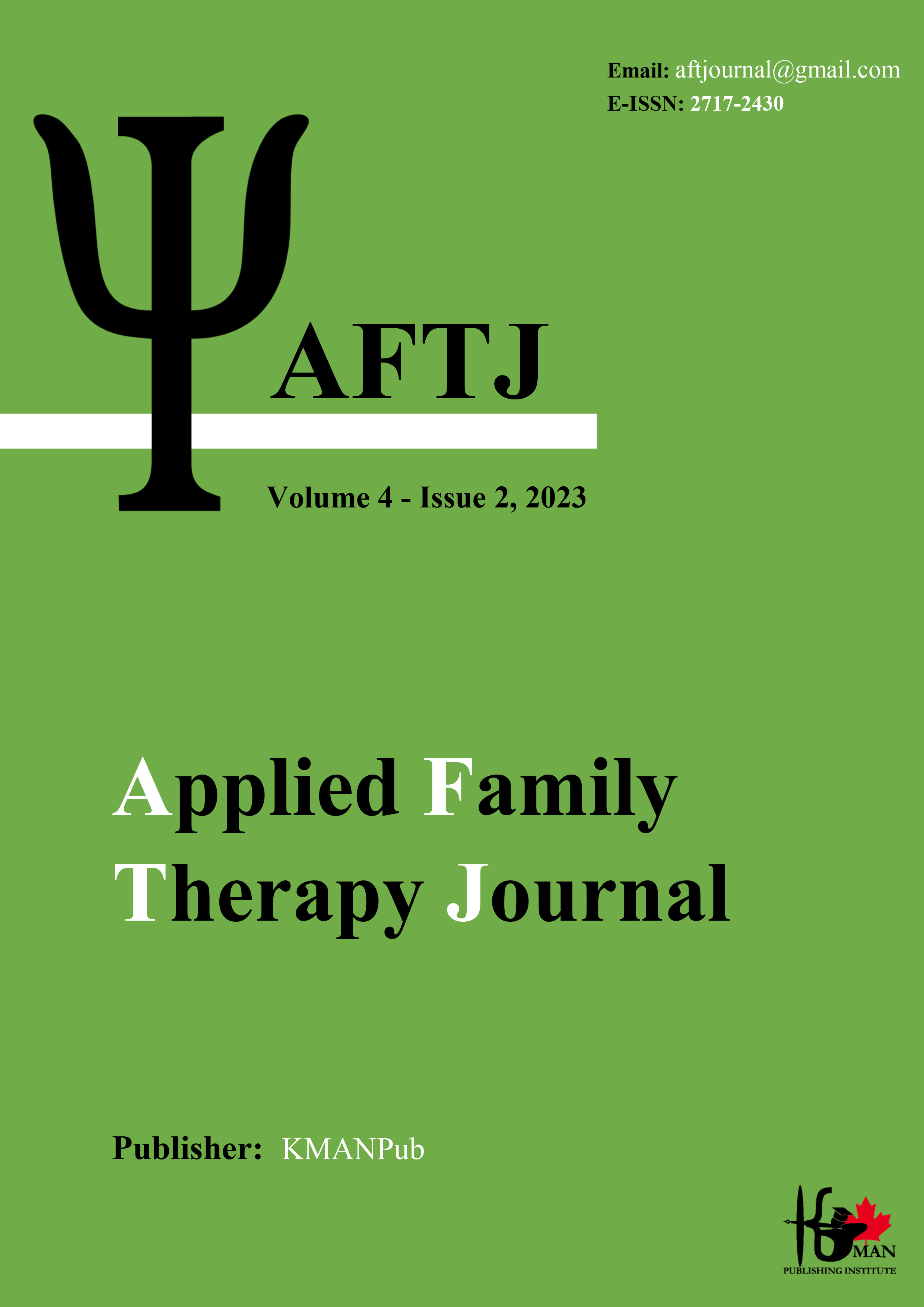Investigating the mediating role of rumination between parental control and shyness in adolescent girls
Keywords:
rumination, parental control, shyness, adolescent girlsAbstract
rumination between parental control and shyness in adolescent girls. Method: The current research method is descriptive-survey of correlation type. The purpose of the research is applied and cross-sectional in terms of time. The statistical population includes all female secondary school students of Bojnord city who were engaged in the analysis in the academic year of 2014-2016. In order to estimate the sufficient sample size, Klein's (2005) sample size determination method was used, and 567 people were selected as the sample size. The sampling method is a single-stage cluster. In order to collect the desired information and measure the research variables, Hoeksma and Maro (1991) Rumination Questionnaire, Leslie et al.'s (1986) Parental Control (PLOC) and Stanford Shyness Questionnaire were used. SPSS and AMOS software were used to analyze the data. Results: According to the results, the causal model of students' shyness based on parental control with the mediating role of rumination has a suitable fit. Conclusion: parental control has a direct effect on self-criticism. Parental control has a direct effect on shyness. Parental control has a direct effect on rumination. Rumination has a direct effect on modesty. Rumination plays a mediating role between parental control and shyness.
Downloads
Downloads
Published
Issue
Section
License

This work is licensed under a Creative Commons Attribution-NonCommercial 4.0 International License.





















